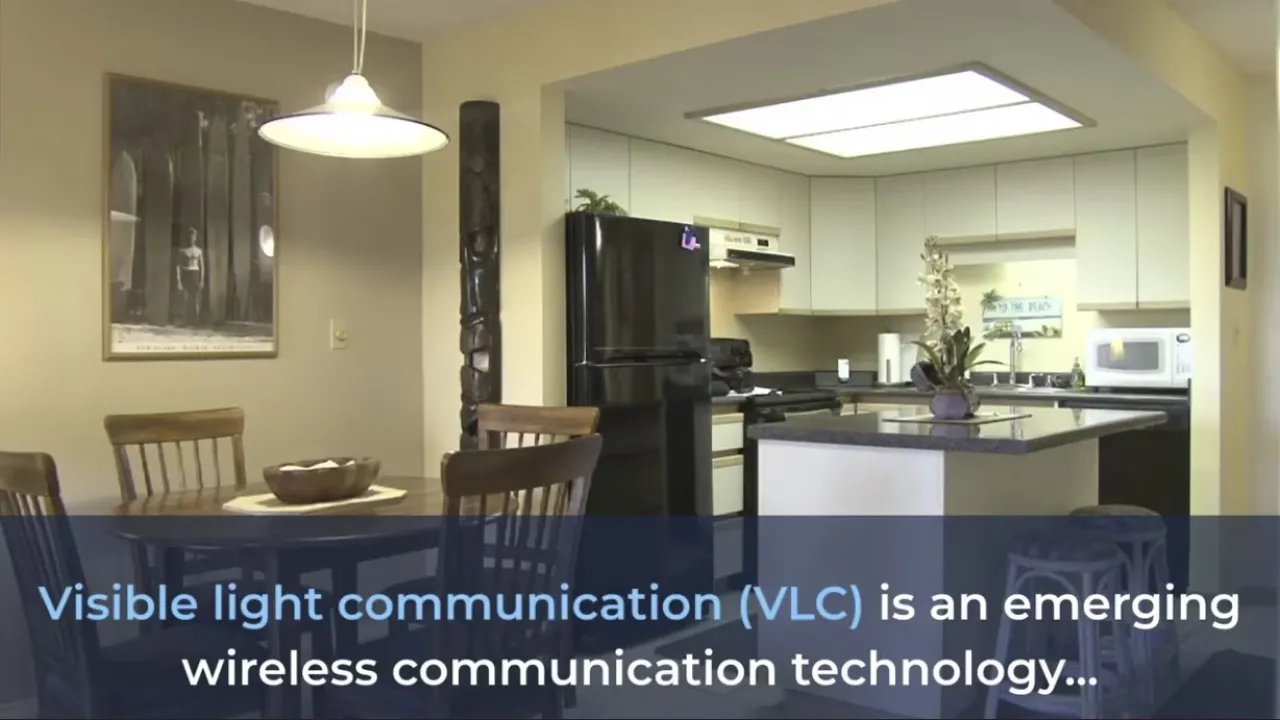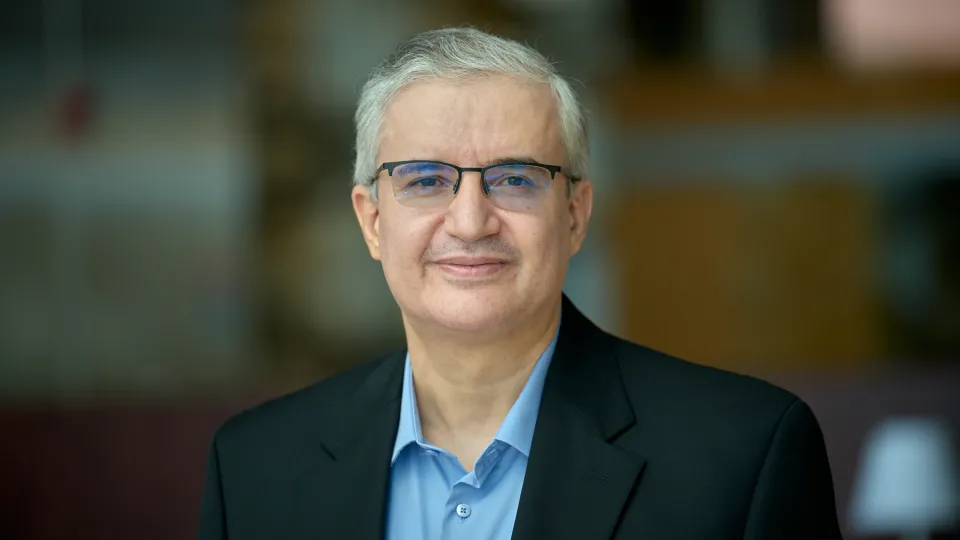About
Visible light communication (VLC) is a promising technology for 6th-generation (6G) networks because of its attractive feature such as a wide unlicensed spectrum. However, the modulation bandwidth of lens of commercially available light-emitting diode (LEDs), which are used in optical wireless data links, is limited.
Therefore, in order to improve spectral-efficiency of VLC systems, a novel adaptive coded spatial modulation (SM) scheme with probabilistic shaping (PS) has been proposed. The authors also designed an algorithm to compute the capacity-achieving distribution of the proposed scheme with unipolar M-ary pulse amplitude modulation (PAM) signaling. The proposed scheme approaches the capacity of SM VLC channel signaling with fine granularity and outperforms uniform and orthogonal frequency-division multiplexing (OFDM) based schemes in terms of spectral efficiency (SE) and/or frame error rate (FER).
More information can be found in the video given below and the paper:
A. Kafizov, A. Elzanaty and M. -S. Alouini, "Probabilistic Shaping Based Spatial Modulation for Spectral-Efficient VLC," in IEEE Transactions on Wireless Communications, doi: 10.1109/TWC.2022.3164991.



